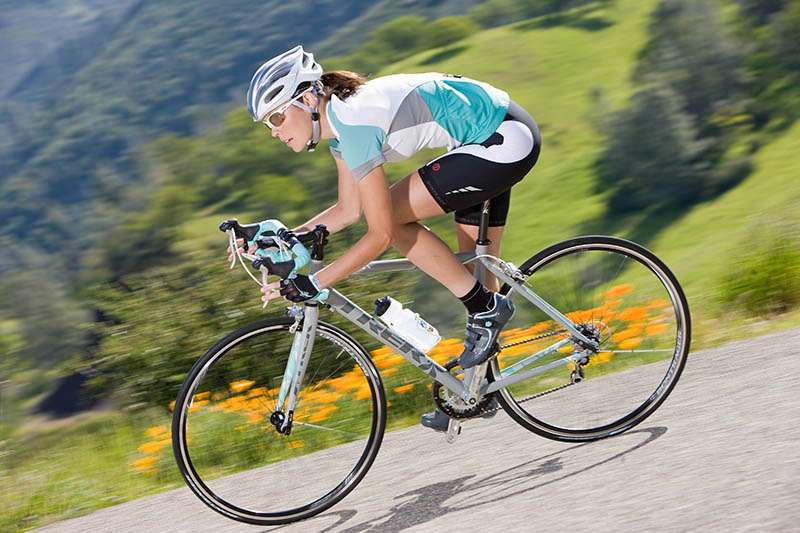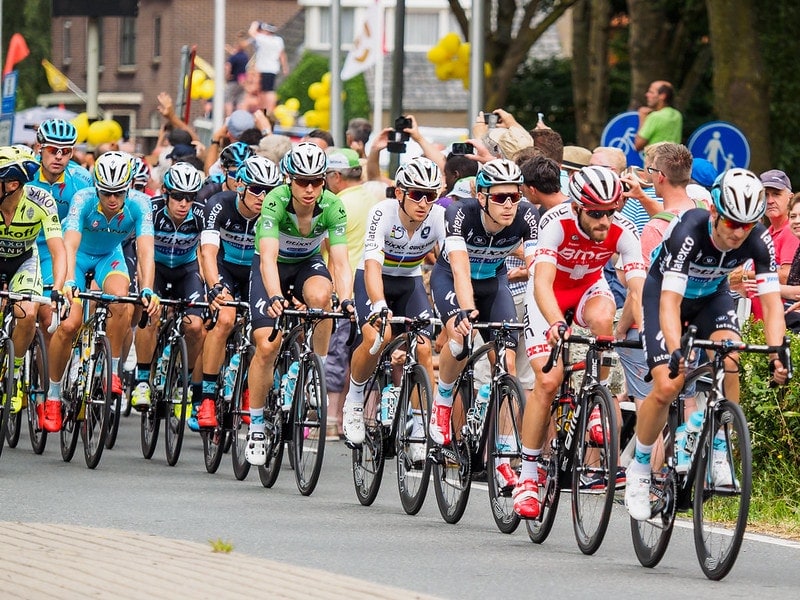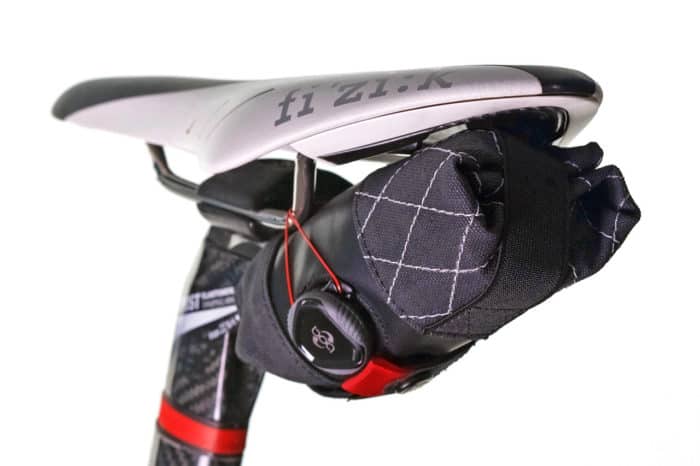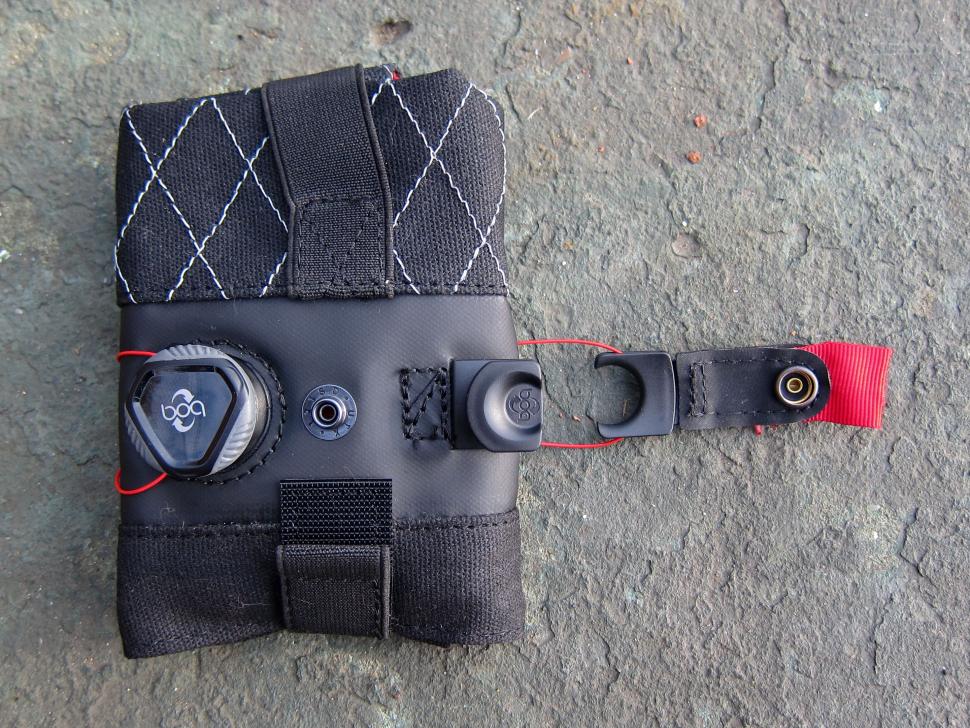How to Complete the Rapha Festive 500 Challenge in Style
The Rapha Festive 500, started in the South of England in 2010, has grown into an international affair. Every year, more riders challenge themselves to complete 500km (311 miles) between Christmas and New Year’s Eve.
Already a formidable challenge, some cyclists boost the distance to 1,000km (621 miles). Ride it solo, or as a group, in one go, over several days in your own region, or even virtually. The official version departs from the Rapha flagship store in Seattle.
Combine the distance any way you see fit, as long as it’s on a bike and recorded in Strava.
But how do you complete it style? Read on.
On This Page
Plan Ahead
For the event, plan your daily route using navigational apps like Ride With GPS or Strava. Schedule attainable distances and verify elevation gains. Study the map for alternative routes that may be less demanding or better suited for your needs. Decisions made now mean all the difference later.
You’ll need food, water, and hot beverages along the way to keep you fueled up and motivated, so your route should include rest stops such as grocery stores, cafes, restaurants, and lodging. The less you have to carry, the faster you’ll go. Don’t forget to check that their opening hours correspond with your schedule.
If you’re a less experienced cyclist, or this is your first long-distance challenge, consider creating a figure-eight course or one that loops.
This allows you to be closer to home if the weather turns for the worst, you want to sleep in your own bed, or you just run out of gas. Staying close to home means potential support from family and friends too.
Once you have your itinerary, make a definitive training schedule to match. Organize rides on consecutive days so your body adapts to the stress. Work up to at least half the distance the week before.
Read More : How to Successfully Complete Your First 100 Miles Ride
Avoid Christmas Day
Holding the Festive 500 over the holidays means cyclists are available, but the time of year also comes with family commitments. It starts on December 24th, so plan to complete the largest portion of your miles on this day. Shops and businesses open on the 24th but close on the 25th, which complicates finding provisions.
Instead of riding, use the 25th as a rest day. It’s perfect timing for you to take part in family holiday activities too.
Non-cyclists may not understand your commitment to the challenge and will appreciate your presence during this festive period, even if you are tired. You’ll eat guilt-free thanks to the previous day’s outing.
Check the 7-Day Weather Forecast
Foul elements can add new meaning to the challenge and most choose not to ride outside in the wet, cold, grey days of winter. Riding in miserable conditions quickly deflates your motivation, zaps your energy, and requires extra clothing and protection as you battle the rain and cold.
While weather is fickle, checking the 7-day forecast is a sneak peek into what the Festive 500 week may have in store.
Riding in the sunshine, or at least dry conditions, makes all the difference. If nasty weather or storms are looming, boost your mileage on the other days to keep to your schedule.
Read More :
Build Up Some Buffer
Riding 500 or 1,000km in a few days at the end of the year with the least hours of daylight is no small feat. Riders make plans, but there’s no guarantee they’ll come to fruition. Family obligations, the reality of the weather or mechanicals quickly turn a well-intentioned program into disorder.
If you’re feeling good, and the daylight and weather are on your side, it’s the perfect opportunity to build a buffer in your plan by logging in extra miles.
Doing so may be the antidote to some unforeseen event in your schedule, saving your challenge from ruin. Banking extra miles when possible also takes some stress out of the equation.
Take it Easy
It’s called a challenge for a reason, but don’t overdo it.
Riding regularly during the week and on weekends is one thing, but completing several days of long-distance riding in a row is a challenge fit for any athlete. Scheduling rest is equally important.
Remain conservative in your efforts to complete the challenge.
Inspect your bicycle before heading out, don’t ride with headphones, and respect traffic signals and avoid heavy traffic areas.
In short, do your best to avoid any incidents that may prevent you from riding the next day. How disappointed would you be to find yourself so close to your goal yet unable to complete the distance?
Ride with Friends
There’s strength in numbers, so stay motivated and enjoy the experience by riding with friends. When riding solo, it’s easy to bail when there’s frost on the window and you’re cozy under the quilt.
If you’ve committed to completing the challenge with friends, you’ll have more incentive to get up and go.
You may start the Festive 500 in a group, invited by one or another, but you’ll finish with friends. When you’re down or struggling, your teammates will pull you through. Confronting the challenge with people who share your passion forges tight bonds and spawn endless stories to tell.
Ride Early in the Morning
There’s a lot you can accomplish before the sun rises, including getting your bike ride in.
You will want to have the proper lights and reflective gear to stay safe, but cycling early in the morning is a great way to get the blood flowing early.
By the time you return home, there’s a good chance your family will just be waking up and getting ready for the day. After a quick shower, your work is done for the day and you can focus on your family.
Getting in an early-morning cycling habit is a great way to get more out of your day. It’s been proven that those who exercise early in the morning bring more focus and optimism to the other tasks in their lives.
Join Your Local Rapha Club Rides
Rapha as a brand may not particularly speak to you, but this clothing company started in 2004 has earned worldwide attention. To promote their products and the cycling lifestyle, Rapha has established a series of flagship stores known as Clubhouses.
There are seven in Europe, eight in North America, and six in the Asia Pacific. Check out their website for specific locations.
Each Clubhouse has its own calendar with regularly scheduled rides, led by experienced cyclists. If you don’t live nearby one of these stores, join Rapha online via Zwift. Rapha has created six structured training workouts to get you started and improve your endurance for the big event.
Other than the Festive 500, Rapha stages six major events per year.
Read More : 23 Bunch Ride Etiquette Every Cyclist Should Know
Ensure Your Bike is in Tip Top Condition
Your bike and gear need to be in tip-top condition to complete such an event. You’ll be stressed enough thinking about making it to the finish line, so ease some pressure by giving your steed a thorough clean, lube, and check over before starting out.
If in doubt, leave it to the experts in your local bike shop.
Check chain wear, tire tread and sidewalls, and even your tire strips if you’re running tubes. Is your spare in good condition?
Use a properly set torque wrench to verify all screws are secure.
Is there enough liquid in your tubeless tires?
Don’t forget to charge the batteries if you’re using electronic shifting.
Read More : 7 Basic Bike Maintenance Tips for All Cyclists
Have Proper Rest
Rest is an integral part of any training program that is often overlooked. Your body undergoes a lot of stress and damage when riding long distances. It’s only with proper rest that your muscles can repair themselves for the next day’s effort.
Rest is equally crucial to prevent mental fatigue which can be as debilitating as physical exhaustion.
Schedule the time you need to rest and heal, or you won’t improve your cycling physical fitness. Over training or ignoring sufficient down time post-ride makes you more susceptible to injury and illness.
I recommend at least two days of rest per week. Cycling is a fantastic pastime for most of us, but don’t give it more importance than it deserves.
Keep Yourself Properly Fueled and Hydrated
Muscles burn calories during exercise, and cycling is one of the top calorie-burning sports. How much you consume depends on your weight, height, age, and exercise intensity. The numbers can get impressive quickly, so keep enough gas in the tank to keep going.
Eat something every 20 to 30 minutes. Set a repeating alarm if you have to.
Our bodies sweat during exercise to keep internal temperatures cool, constantly losing salt and water. The more you sweat, the more water you need to replace.
Dehydration is common among cyclists, it prevents your body from cooling, inviting your entire body to malfunction or shut down completely. Don’t wait until you’re thirsty to drink, plan a regular drink schedule.
Get Your Kits Ready
You most likely won’t have enough time to wash and dry your kits for the next day, so plan accordingly. Prepare your wardrobe in advance, paying particular attention to having fresh, dry base layers. While you may not smell the best, you can wear jerseys and jackets a few days in a row if they’re dry.
The same isn’t true for your bibs. Bacteria that develop the heat going on down there can cause saddle sores or infections. This is especially true for women, so have several clean, dry pairs ready to go.
In a pinch, hand wash in a sink, then roll them up in a towel to remove excess water before turning inside out for drying.
Author Recommended Reads




